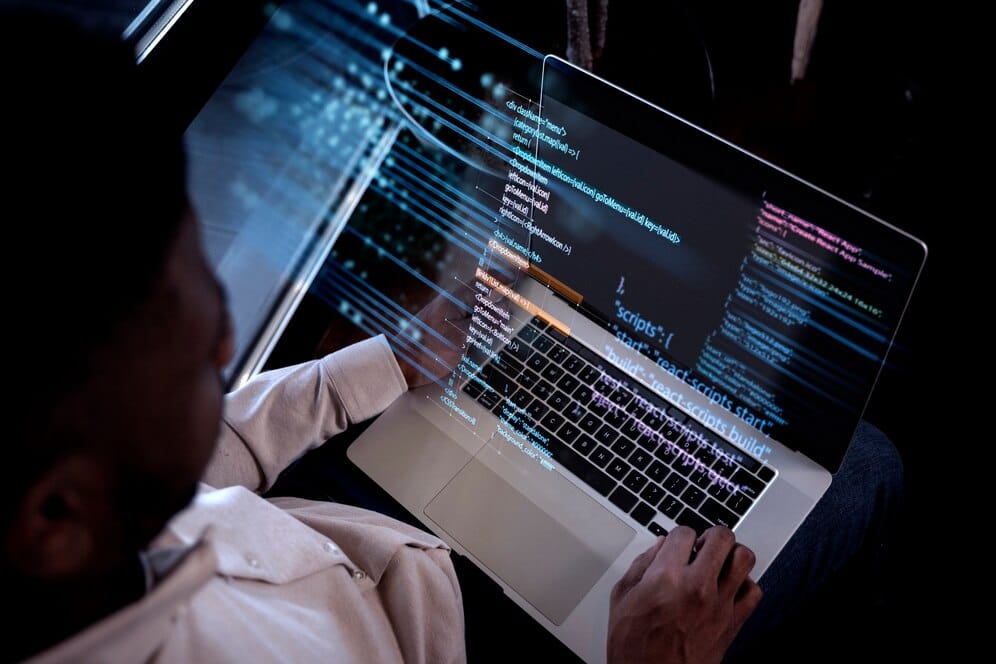The Poetry of Coding: Finding Art in Algorithms
In a world often perceived as cold and logical, the act of programming has revealed itself to me as a form of artistic expression – a canvas where algorithms and syntax intertwine to create something truly remarkable.


As I sit at my desk, fingers dancing across the keyboard, I'm struck by the unexpected beauty that emerges from the lines of code I'm crafting. In a world often perceived as cold and logical, the act of programming has revealed itself to me as a form of artistic expression – a canvas where algorithms and syntax intertwine to create something truly remarkable.
The Elegance of Elegant Code
There's a certain poetry to well-written code, a harmonious flow of logic and structure that can captivate the mind. Just as a skilled poet chooses their words with precision, a talented programmer constructs their code with a keen eye for elegance and efficiency. The art lies in the ability to solve complex problems with a minimal number of lines, to distill an intricate task into a concise and elegant solution.
I've found myself in awe of code that reads almost like a work of literature, where each variable, function, and conditional statement serves a distinct purpose, working in seamless harmony to bring the program to life. It's in these moments that I'm reminded of the creative spark that lies at the heart of coding – the desire to craft something beautiful, something that not only works, but also inspires a sense of wonder and appreciation.
The Rhythm of Algorithms
Much like a well-composed piece of music, the algorithms that power our digital world possess a certain rhythm and cadence. As I delve into the intricacies of data structures and control flow, I find myself captivated by the underlying patterns that emerge, the dance of logic and decision-making that unfolds with each line of code.
The way in which a program processes information, the way it responds to user input, the way it navigates through complex problem spaces – all of these elements can be seen as a form of choreography, a carefully orchestrated sequence of steps that culminates in a functional and aesthetically pleasing result. It's in these moments that I'm reminded of the inherent artistry in the act of programming, the creative spark that transforms the seemingly mundane into something truly remarkable.
The Artistry of Debugging
While the act of writing code may be the primary focus of a programmer's work, the art of debugging is where the true mastery shines through. Unraveling the intricacies of a complex system, tracing the flow of data, and identifying the root cause of a problem – these are the challenges that test the limits of a programmer's creativity and problem-solving skills.
In a way, debugging is akin to the art of restoration, where the programmer must carefully examine the existing code, identify the flaws, and then meticulously repair and refine the work to restore it to its intended functionality. It's a process that requires a keen eye for detail, a deep understanding of the underlying systems, and a willingness to experiment and explore.
The Collaborative Canvas
One of the most fascinating aspects of coding as an art form is the collaborative nature of the process. Unlike the solitary pursuit of traditional artistic mediums, programming often involves a team of individuals, each contributing their unique perspectives and skills to the collective work.
It's in these collaborative environments that the true magic of coding as an art form emerges. As developers exchange ideas, debate solutions, and build upon each other's work, the codebase becomes a shared canvas, a living, breathing entity that evolves and transforms with each contribution. The end result is a tapestry of creativity, where the individual strokes of each programmer blend seamlessly to create something greater than the sum of its parts.
Embracing the Artistry of Coding
As I reflect on my journey as a programmer, I'm struck by the realization that the art of coding extends far beyond the practical applications of technology. It's a medium that allows us to express our creativity, to solve complex problems with elegance and finesse, and to collaborate in ways that push the boundaries of what's possible.
So, the next time you find yourself staring at a screen filled with lines of code, I encourage you to look beyond the surface and embrace the artistry that lies within. Appreciate the rhythm of the algorithms, the elegance of the syntax, and the collaborative spirit that brings it all together. For in the poetry of coding, we find a reflection of the human spirit – a desire to create, to innovate, and to leave our mark on the digital world.